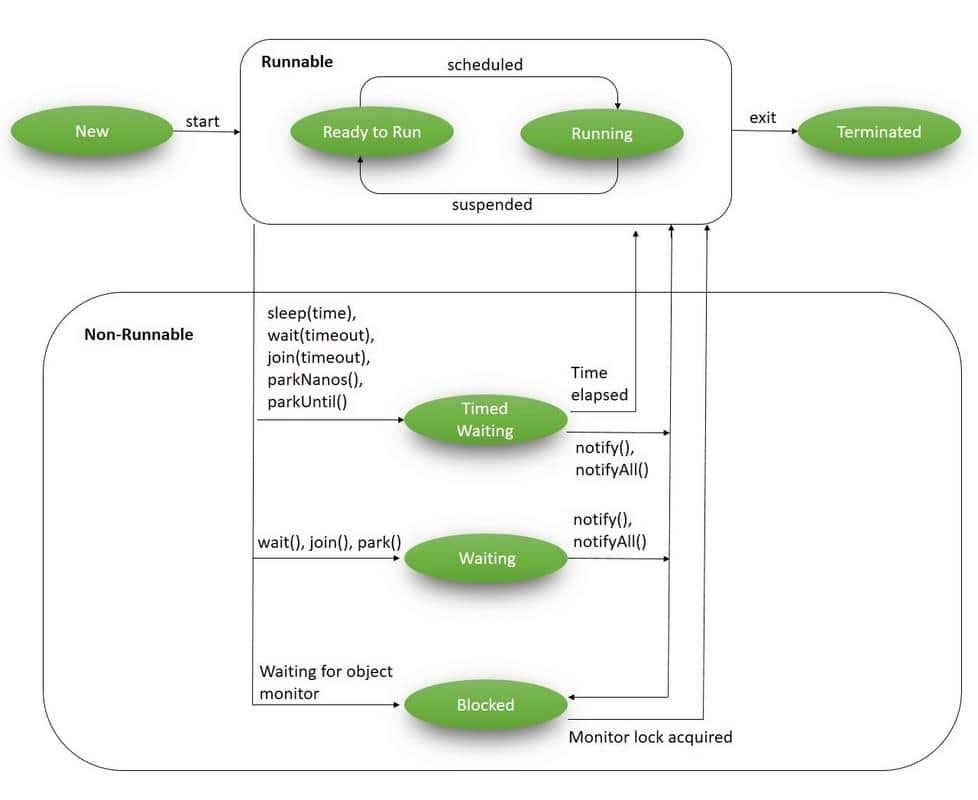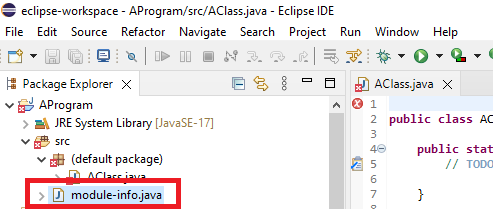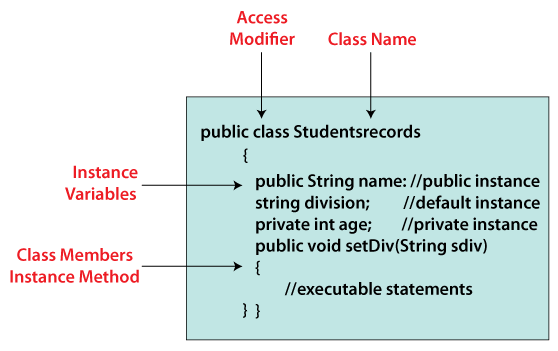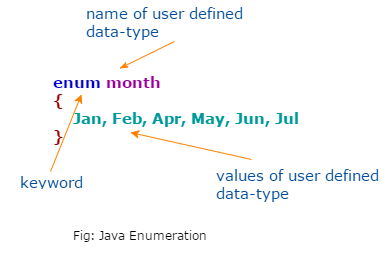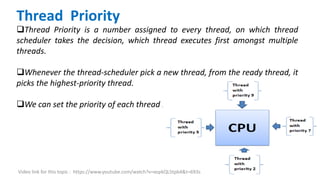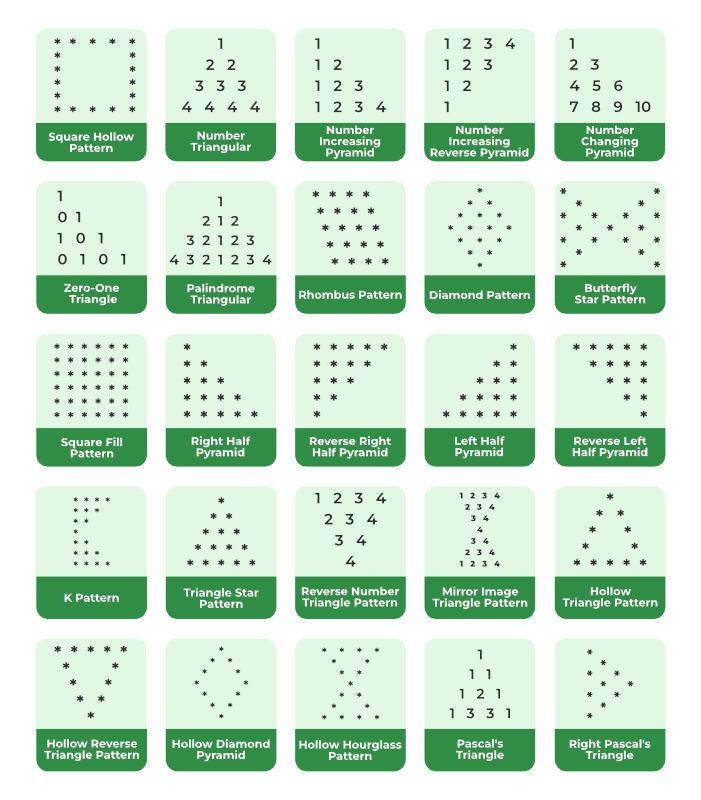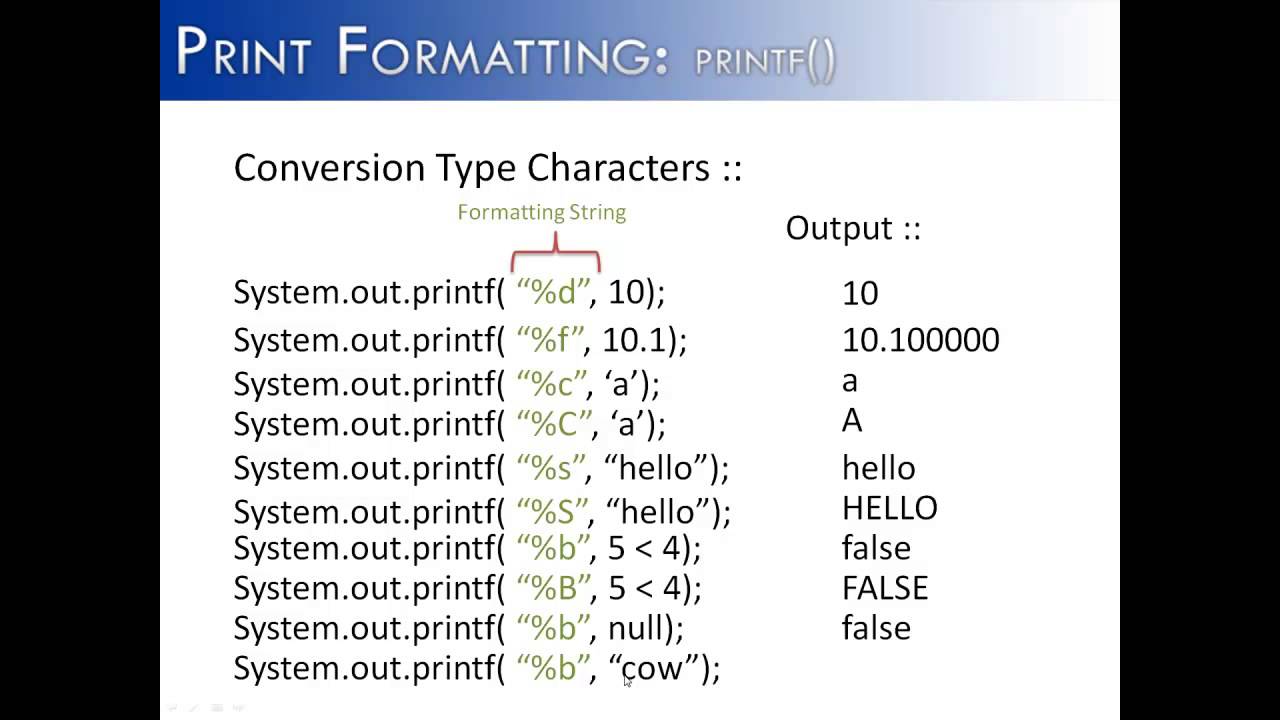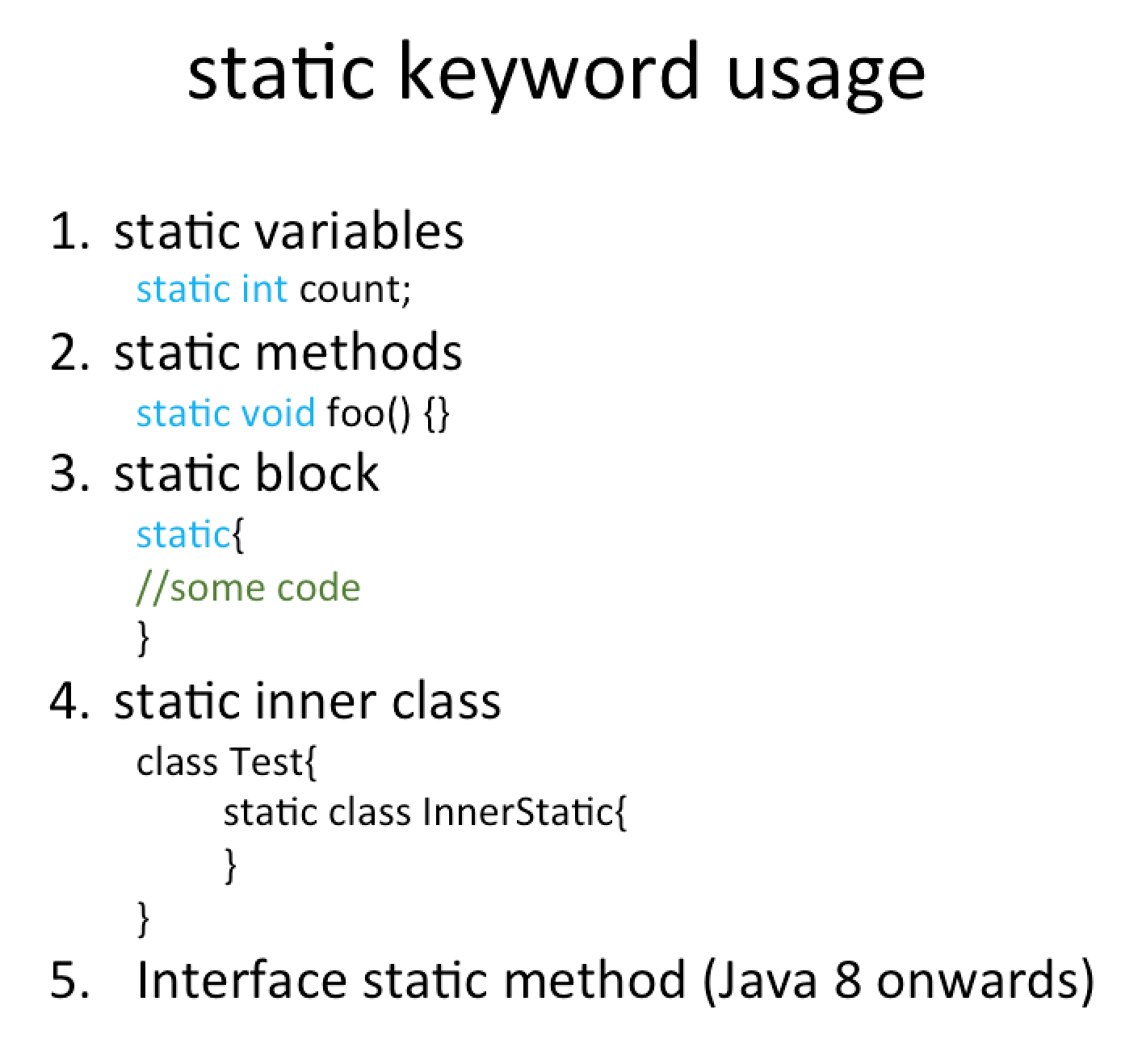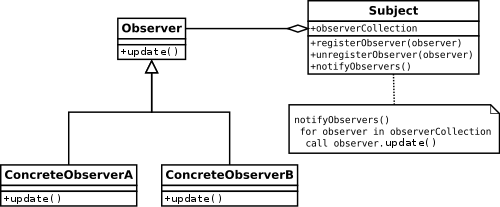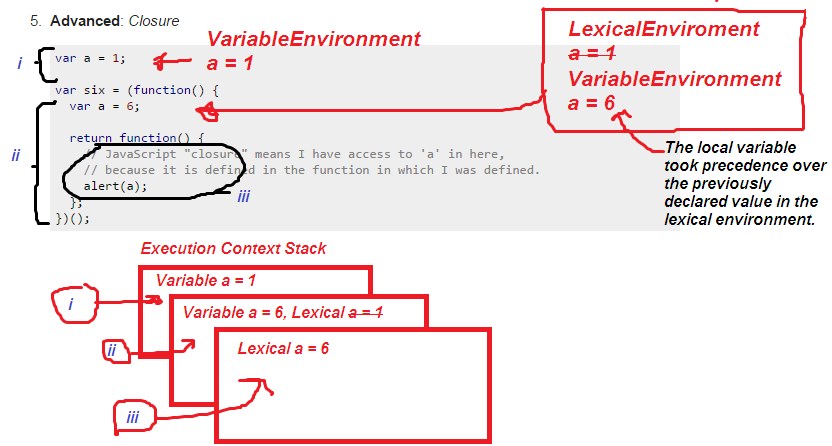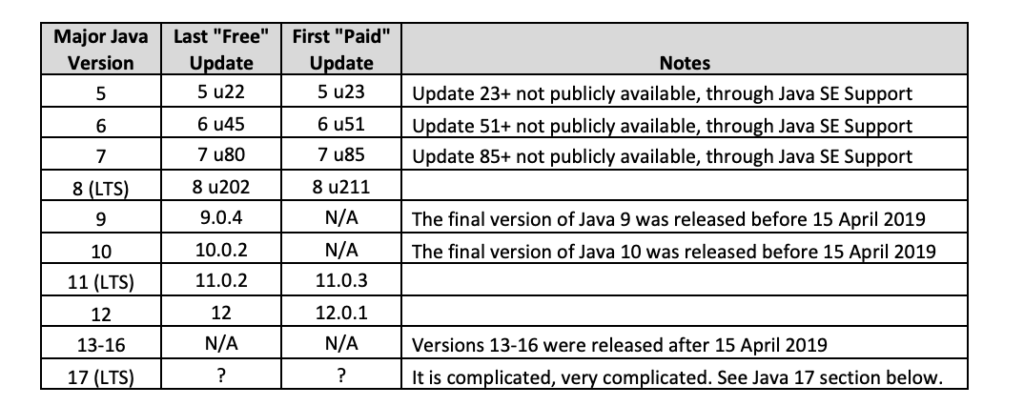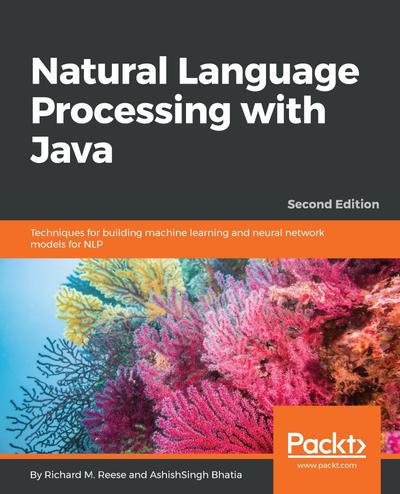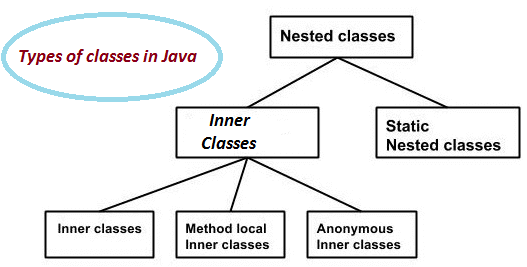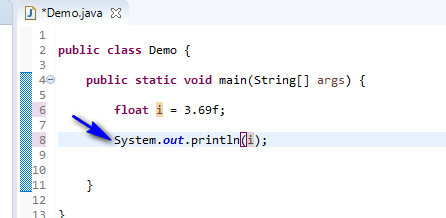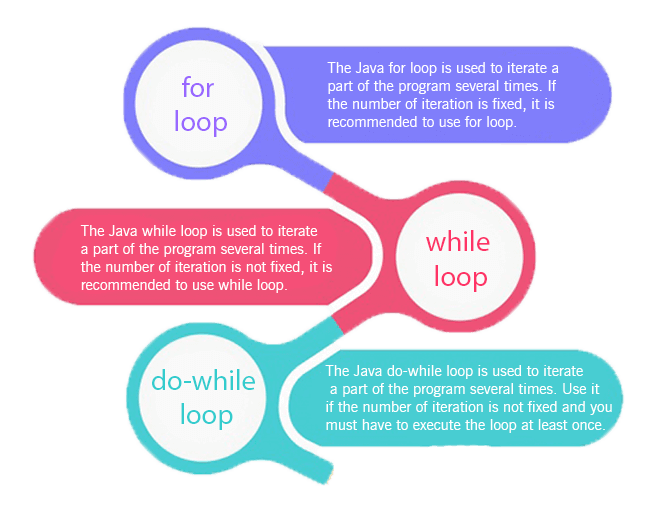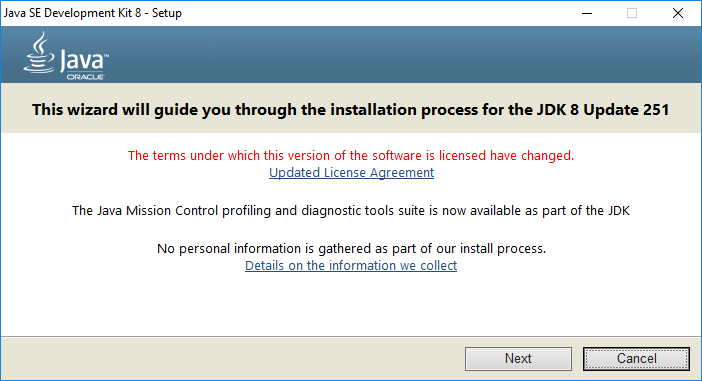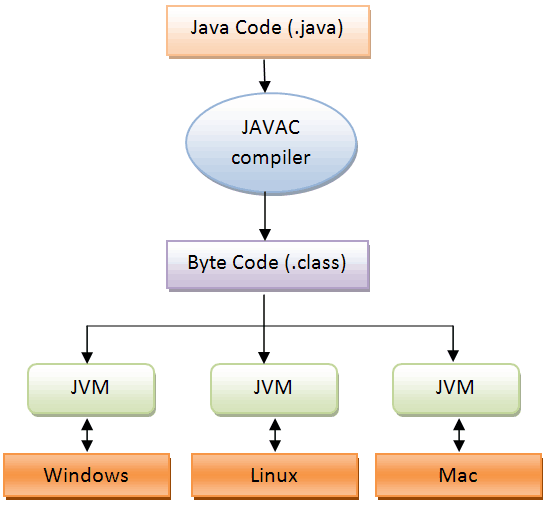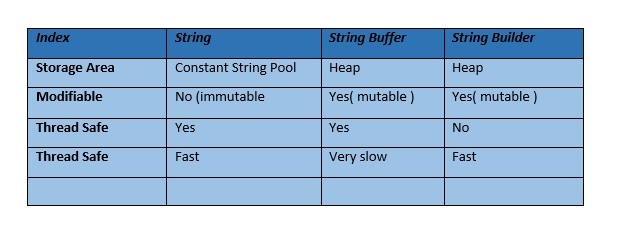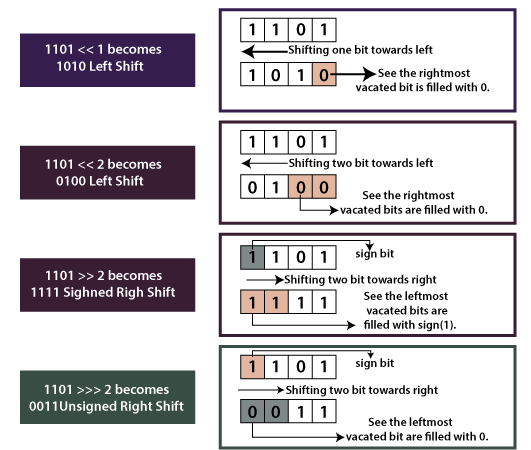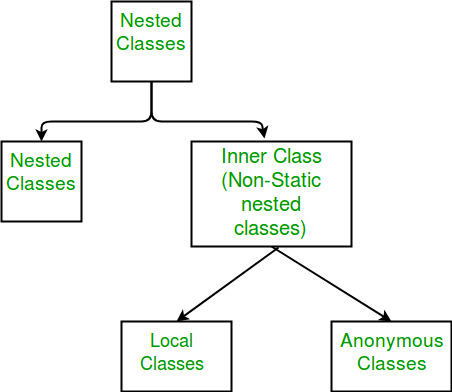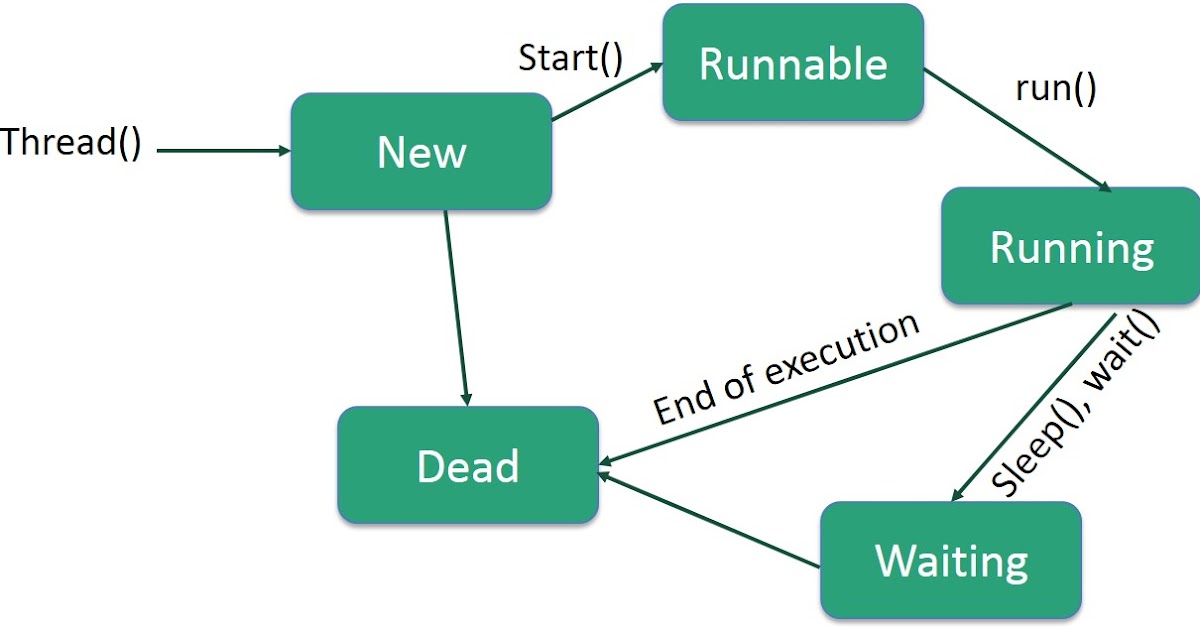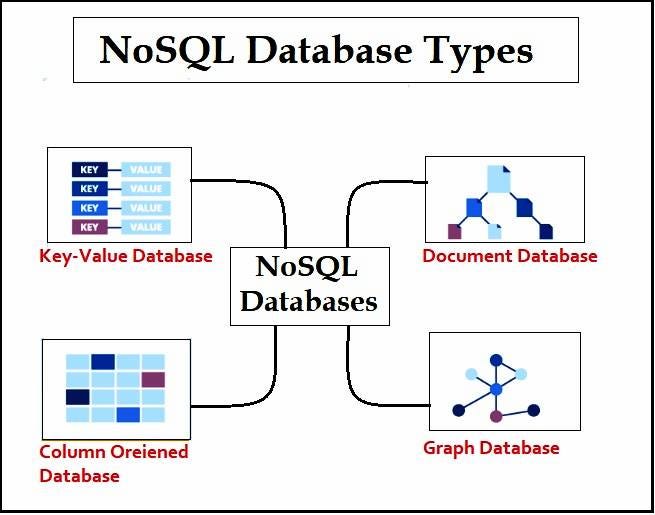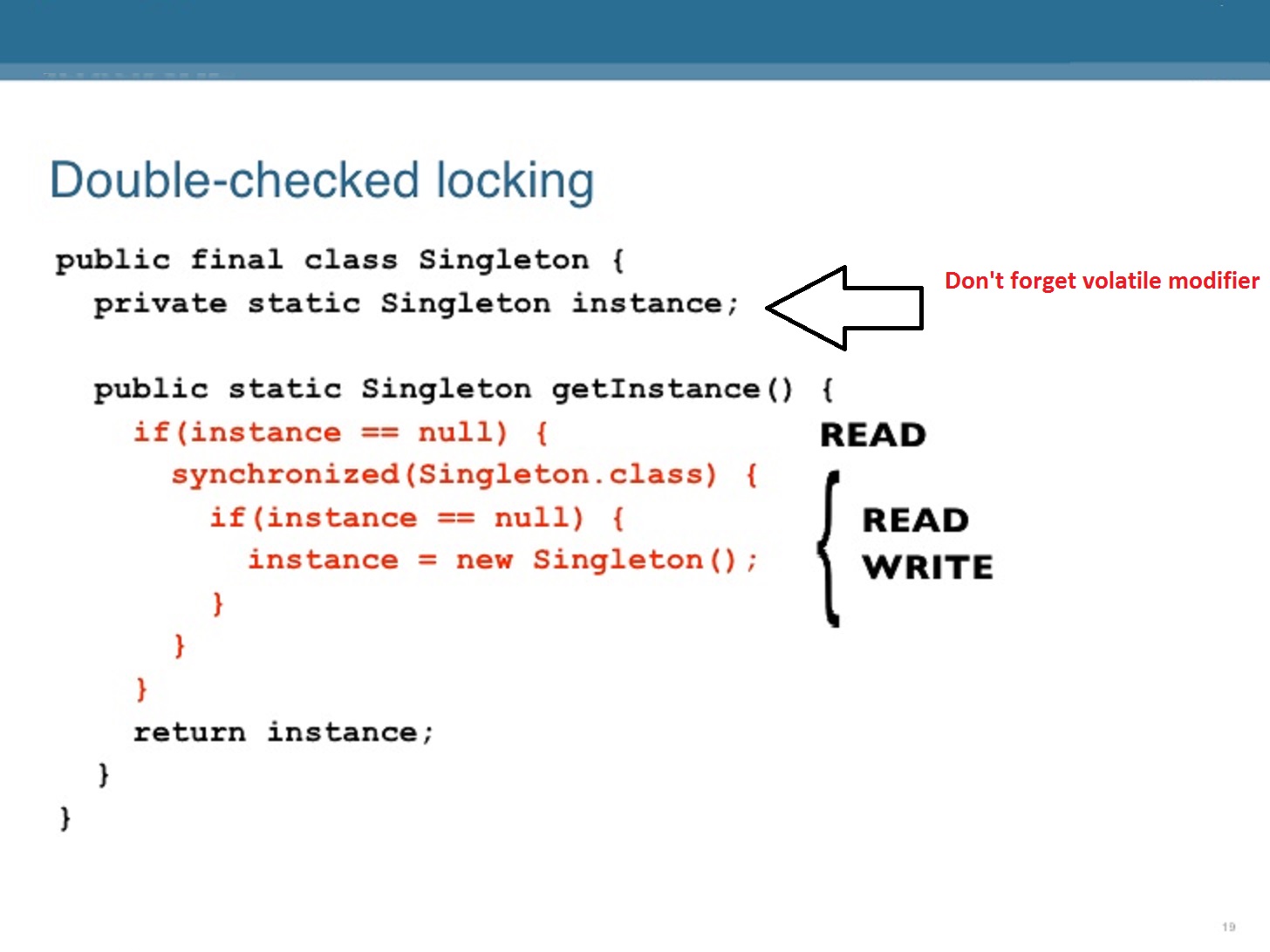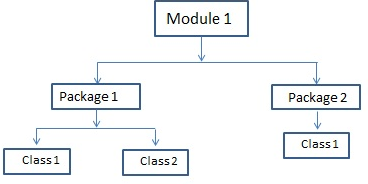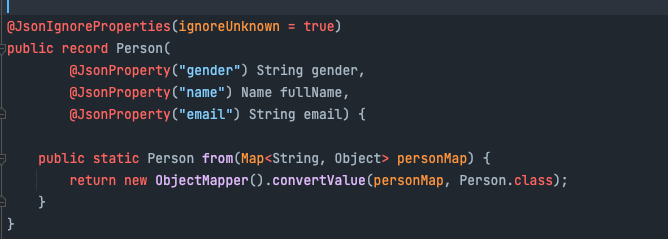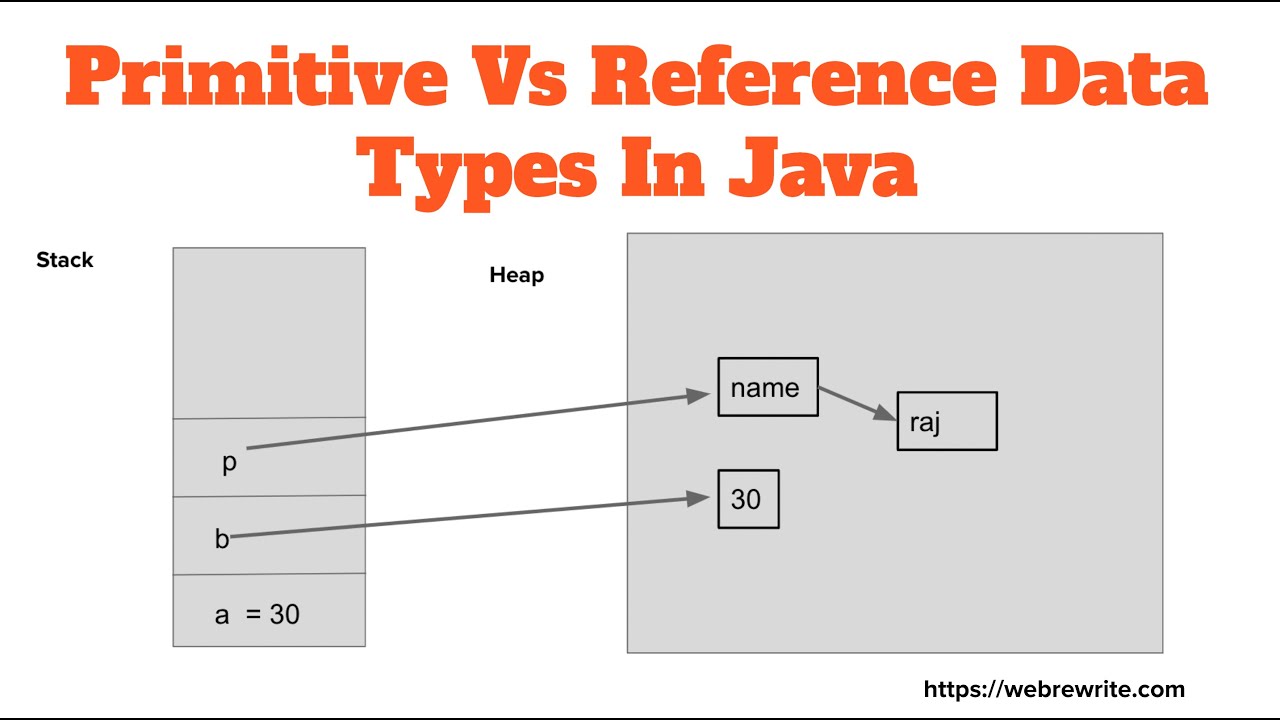What is the multithreading in Java?
What is the multithreading in Java?
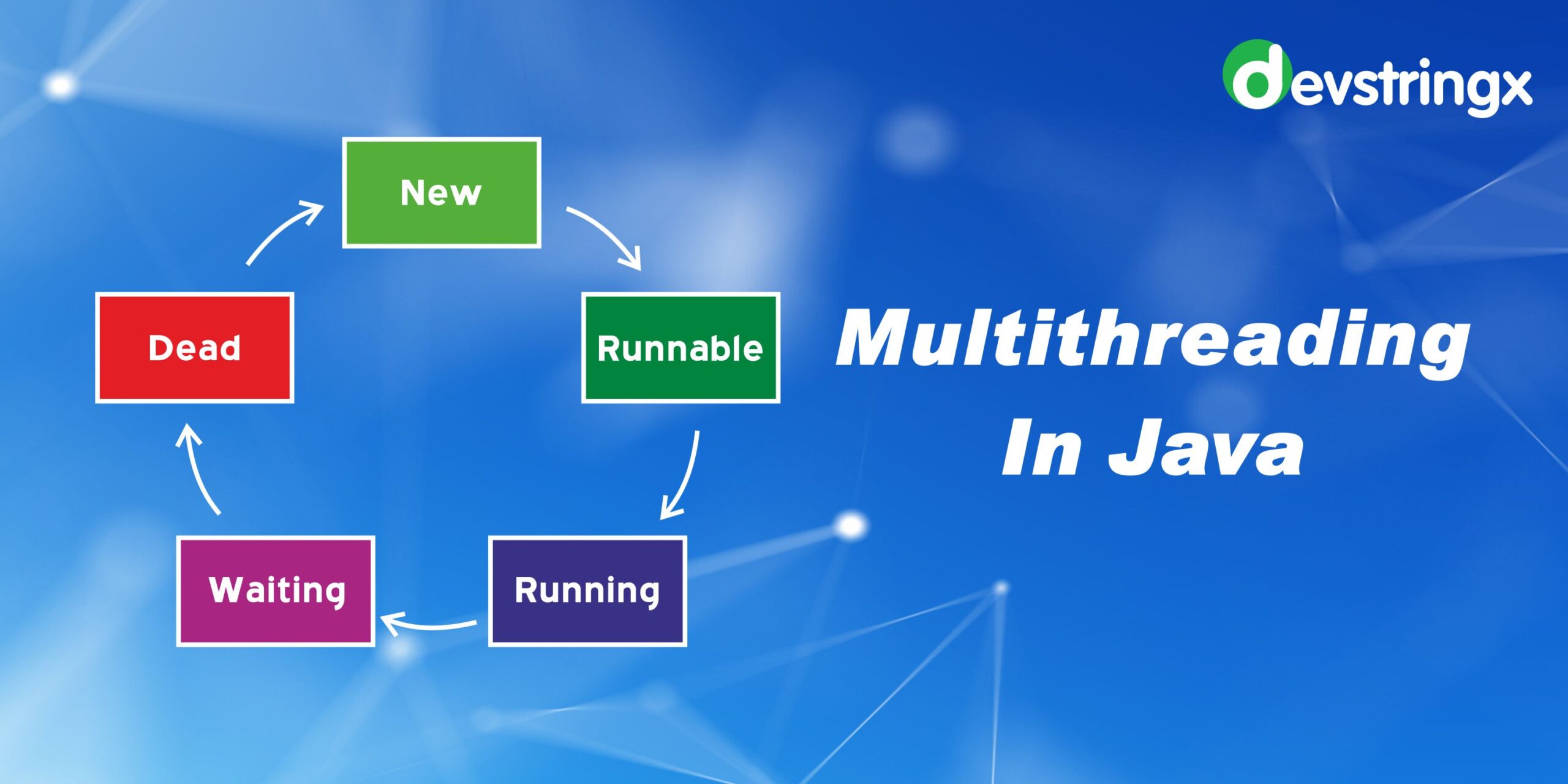
Multithreading in Java is a concept that allows a single program to perform multiple tasks simultaneously. This is achieved by creating multiple threads, which are lightweight processes that run within the same memory space as the main program.
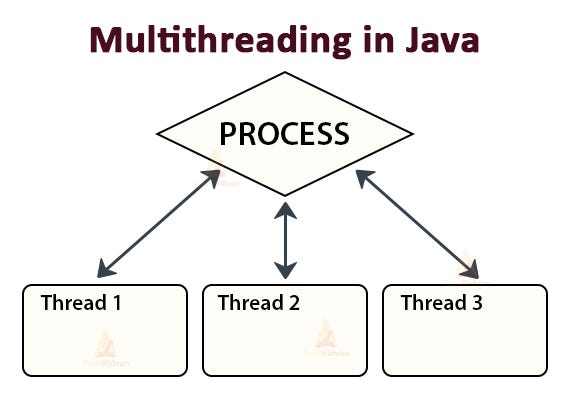
In Java, a thread is an object of the Thread class or its subclass. Each thread has its own method stack, allowing it to execute independently from other threads. Threads share the same memory space and resources with the main program, but they can still perform tasks concurrently.
There are several benefits to using multithreading in Java:
Improved responsiveness: By performing tasks in parallel, a multithreaded program can respond quickly to user input or changes in the system. Increased throughput: Multithreading allows programs to process multiple requests or tasks simultaneously, leading to increased overall performance and throughput. Better handling of I/O operations: Threads can be used to offload time-consuming I/O operations, such as network or disk access, allowing the main program to remain responsive.Java provides several ways to create and manage threads:
Extending the Thread class: You can create a custom thread class by extending theThread class and overriding its methods. Using the Runnable interface: You can implement the Runnable interface and create a separate thread for the run method. Using an Executor service: Java's concurrency API provides executor services that allow you to submit tasks (runnables) to be executed by a pool of threads.
Java also provides several synchronization mechanisms to ensure that threads interact correctly:
Synchronized methods: You can mark methods as synchronized, which ensures that only one thread can execute the method at a time. Locks and barriers: Java's concurrency API provides locks (such asReentrantLock) and barriers (like CyclicBarrier) to control access to shared resources and coordinate threads.
Some best practices for multithreading in Java include:
Minimize shared state: Try to minimize the amount of shared state between threads, to reduce the likelihood of synchronization issues. Use immutable objects: Use immutable objects or defensive copying to ensure that thread-safe data is not modified accidentally. Monitor and debug: Monitor your program's performance and debug any concurrency-related issues that arise.In conclusion, multithreading in Java is a powerful tool for building responsive, efficient, and scalable programs. By creating and managing threads effectively, you can take advantage of the benefits offered by concurrent programming in Java.
Java concurrency geeksforgeeks tutorial
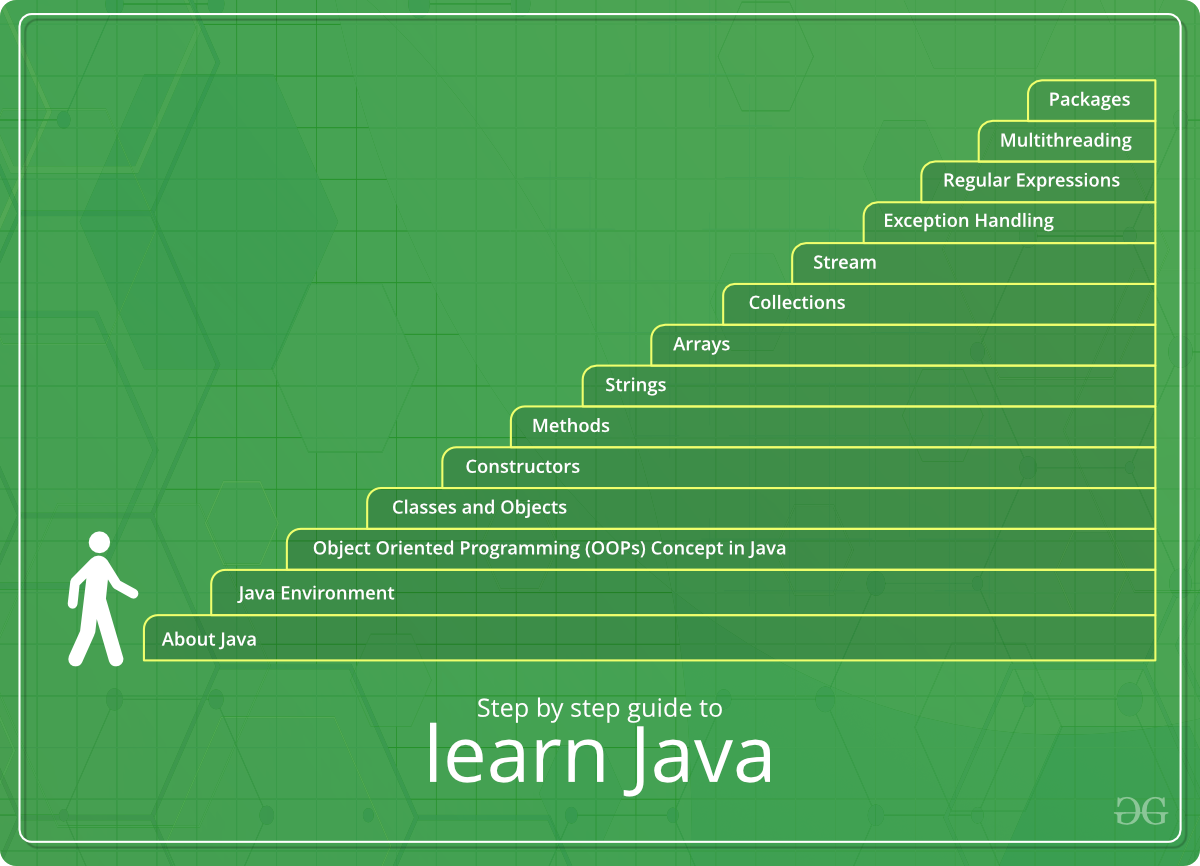
I'd be happy to provide a Java Concurrency tutorial for you!
Java has several features that make it well-suited for writing multithreaded programs. The most important one is the Thread class, which represents an individual thread of execution.
Here are some key concepts:
1. Thread Creation and ManagementIn Java, a thread can be created using either the run() method or by extending the Thread class and implementing its run() method. The run() method is called when the thread starts executing.
Here's an example of how to create a new thread:
public class MyThread extends Thread {
public void run() {
System.out.println("Hello from myThread!");
}
}
And here's how you can use it:
MyThread myThread = new MyThread();
myThread.start(); // starts the thread
Concurrent access to shared data by multiple threads can be problematic if not handled properly. Java provides several synchronization constructs, including:
Synchronized Methods: These are methods that can only be accessed by one thread at a time. To declare a synchronized method, you need to add thesynchronized keyword to the method declaration. Synchronized Blocks: These are blocks of code that can only be executed by one thread at a time. You can create a synchronized block using the synchronized statement and locking on an object.
Here's an example of how you could use synchronization:
public class BankAccount {
private int balance;
public void deposit(int amount) {
synchronized (this) { // locks this instance
balance += amount;
}
}
public int getBalance() {
return balance;
}
}
Threads can communicate with each other in several ways:
Thread.stop(): This method is used to stop a thread from running. Thread.interrupt(): This method is used to interrupt a thread's execution. Locks and Condition Variables: Java provides theLock class and its subclasses, as well as the Condition interface. These are used to achieve inter-thread communication.
Here's an example of how you could use condition variables:
import java.util.concurrent.locks.*;
public class ProducerConsumer {
private final Lock lock = new ReentrantLock();
private final Condition producerCondition = lock.newCondition();
private final Condition consumerCondition = lock.newCondition();
public void produce() {
lock.lock();
try {
while (!produceSomething()) {
producerCondition.await();
}
} finally {
lock.unlock();
}
}
public void consume() {
lock.lock();
try {
while (!consumeSomething()) {
consumerCondition.await();
}
} finally {
lock.unlock();
}
}
}
Java provides an implementation of the Executor interface, which represents a pool of threads that can be used to execute tasks in parallel. You can use this pool by creating an instance of ExecutorService and submitting your task for execution.
Here's an example of how you could use thread pools:
import java.util.concurrent.*;
public class MyThreadPool {
public static void main(String[] args) {
ExecutorService executor = Executors.newFixedThreadPool(4); // creates a pool with 4 threads
for (int i = 0; i < 10; i++) {
final int taskNumber = i;
executor.submit(() -> System.out.println("Task " + taskNumber + " is being executed"));
}
}
}
These are some of the main concepts and techniques related to Java concurrency. You can learn more about each topic by exploring the API documentation or searching for tutorials online.
I hope this helps!
